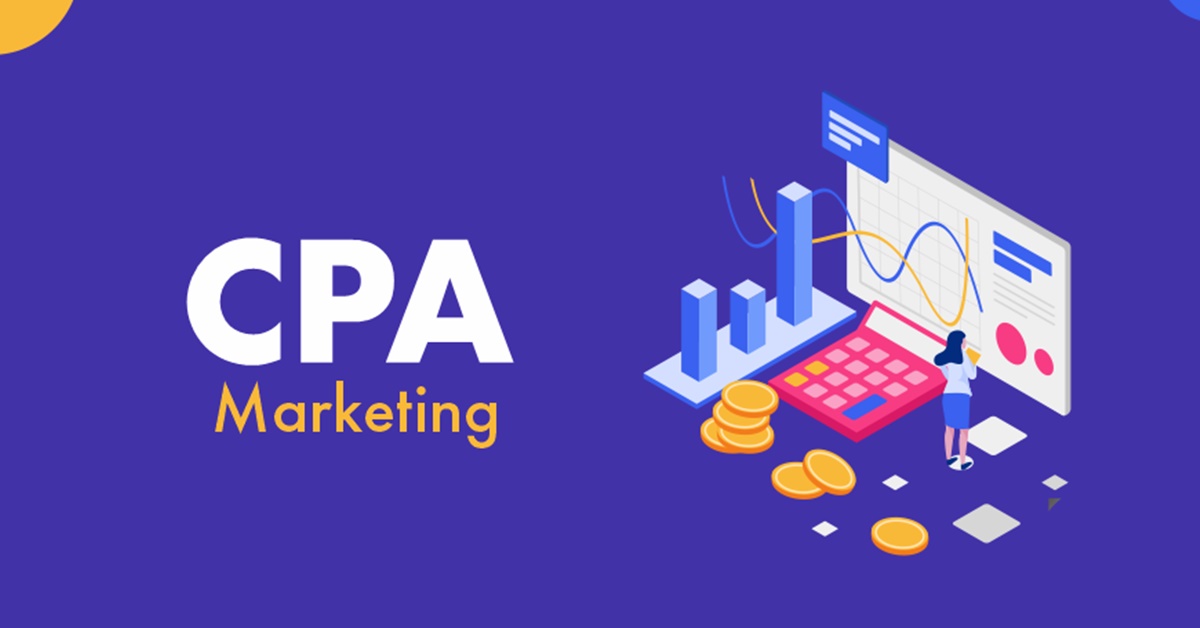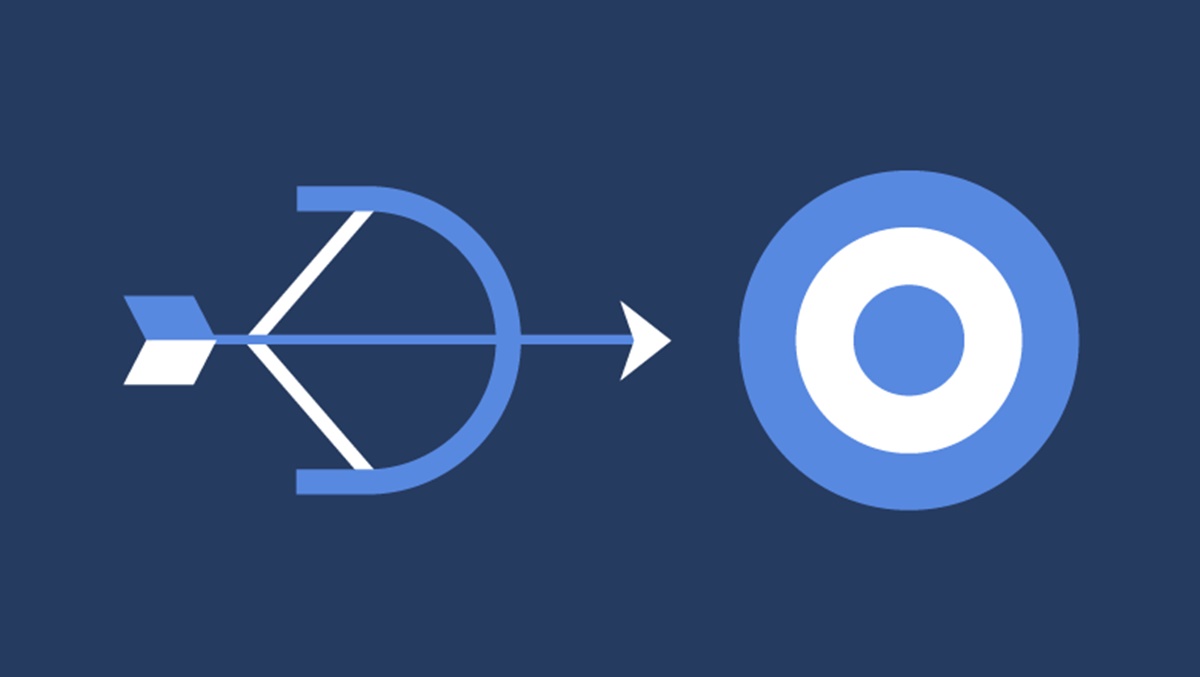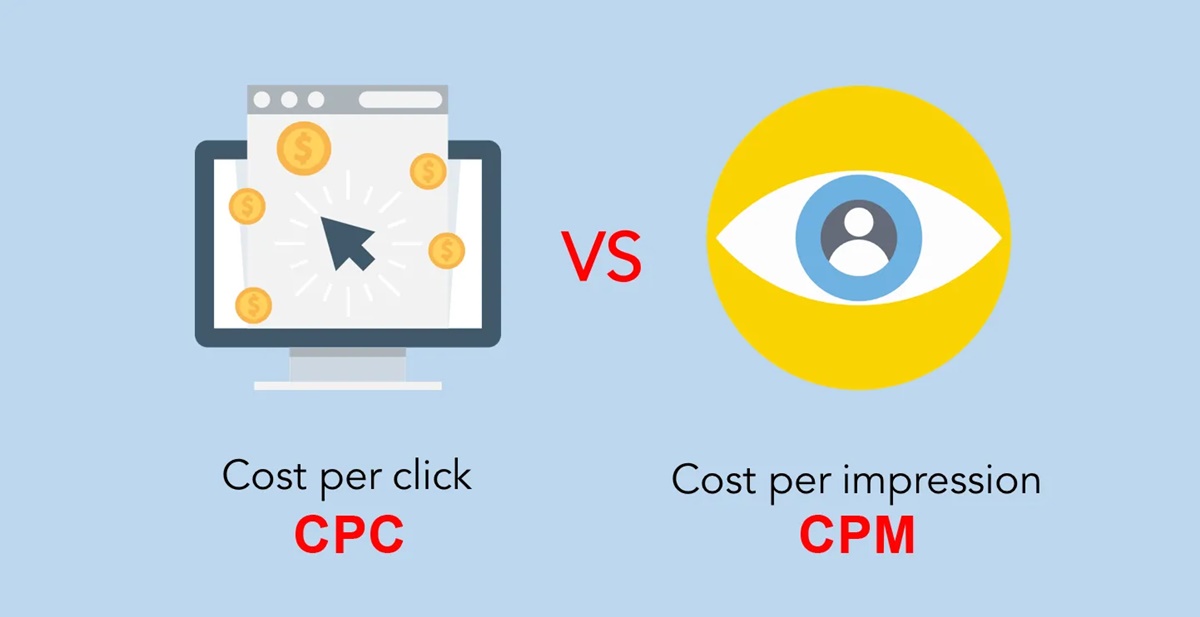What is CPM in Marketing? 5 Things Need to Know
If you are an online business owner, then you may frequently use an ad to increase the traffic and conversion rate. There are different approaches for web ad pricing, one of which is CPM. CPM stands for Cost Per Mille, and this method can help you to increase the percentage of people seeing your ad and clicking on it. In this article, we will discuss what it is exactly, its pros, and the difference with other types of pricing models. Let’s figure it out!
Related Posts:
What is CPM in marketing?

CPM is the most frequently used method for web ad pricing. Advertisers also assess a CPM campaign ‘s effectiveness through the click-through rate, which is the percentage of people who have seen your ad and clicked on it. For instance, an advertisement that gets two clicks for every 100 impressions has a 2% CTR. CTR alone can not determine the effectiveness of an advertisement, since an ad that a reader sees but does not click still count.
CPM vs. CPA: What is the difference?

CPM is among many methods that websites and social sites use to pricing strategies for online advertising. Whereas the CPC or cost per click needs a business to pay each time someone clicks on an ad, CPM charges the advertiser when a promotional message is viewed successfully on the web browser of a person. Or, when a customer converts by performing a key action, campaigns charge a brand for CPA or cost per purchase.
Every form of paid online advertisement currently available has advantages and drawbacks. CPM is appropriate for social marketing and online marketing campaigns that concentrate on increasing brand awareness and conveying particular messages. Your objective is to make your name popular online; click-through rate is not a big deal to your ultimate goals. Or, you will have to concentrate on the action-oriented that comes with CPA and CPC campaigns if you strive to promote a product to a specific audience and create conversions.
5 things retailers need to know about CPM
1. What is a good CPM?
This question does not invite any clear answer. It depends mostly on the strategies you are adopting and your campaign goals. For instance, if you use contextual targeting, CPMs may be below $1.00. You may receive thousands of impressions. However, it may seem infeasible if you are attempting to reach engagement goals like performance or acquisition.
If you expect this campaign will influence your outcome, you should use less costly tactics.
2. What are the benefits of CPM for eCommerce businesses?
Below are the advantages that CPM bring out:
Increasing visibility

Online companies aim to develop or strengthen brand value. CPM is a wonderful opportunity for newly established businesses that would like to make customers and potential business partners to realize their identity.
Advertising for relevant audiences

From a sales and branding aspect, promoting an online business on a highly relevant affiliate website will help in making CPM advantageous.
Driving conversion with high-performing campaigns

They can be very powerful if you display or banner ads with a high conversion rate are combined with an appropriate advertising platform. CPM model can work when the audience is suitable, for instance, a jewelry store advertises on a popular jewelry blog.
3. When should you use a CPM campaign?

You must sometimes wonder the reason why advertisers still use CPM campaigns rather than some of the latest kinds of pricing models mentioned in the preceding section. The combination of completed views, proven engagement, clicks, and installs is more significant than impressions only, right? Yes, it may sound true; however, there are still circumstances in which a CPM pricing model is strategically an ideal option.
Possibly the major use of CPM in advertising is brand-building. Branding is especially crucial if a product or service is new. The utmost thing is to show the campaign to users. It is unusual for audiences to click on an ad for a product offered by a completely new brand. A CPM campaign is ideal for building and boosting brand awareness to prepare for a more conversion-oriented campaign.
CPM campaigns can facilitate the nailing down of your demographic. For instance, if an ad is attracting a lot more engagement on an 18-35 demo-oriented entertainment website than a news outlet for older groups, you are inclined to concentrate on that younger group or adjust your marketing, respectively. With CPMs, you can maintain engagement without compromising your advertising budget.
Besides, CPM in advertising with the right ad placement, CPM in advertising can help create incredible clickthrough and sale results. To create a campaign like that, you should improve your expertise and strategy, and if you have a suitable marketing partner, your CPM model will work out well for you.
4. How to maximize CPM ROI?
Many social platforms and search engines currently offer CPM advertising services. Whichever you use: Facebook or Google, you should not forget to perform the following objectives:
Target the right people
By specializing in targeting and segmentation, you are making wise investments on relevant leads.
Watch the frequency levels
Try to ensure that the same people will not see your ad more than 3 times.
Use attention-grabbing copy and visuals
Guarantee that people recognize your brand once they have noticed your ad.
Add social proof

By having an influencer endorsement or quote from a satisfied customer, you can persuade your audience that you offer useful products.
5. CPM vs. CPC

Online businesses that are centered on creating immediate sales or conversions of some kind from a campaign may be more willing to pay for each click on a particular ad via CPC bidding. On the other hand, the CPM model may be perfect for eCommerce businesses hoping to increase the number of views of their ads so that they can improve their product’s awareness and attention.
If CPM is what the online entrepreneur opts for, they should know that a maximum CPM bid can be placed. More specifically, for every 1,000 views of a specific online advertisement, it is the highest amount that a business will pay.
Conclusion
So far, we have revealed to you what CPM In Marketing is. We also showed you 5 Things Retailers Need To Know About this popular method for web ad pricing. We hope that after reading this article, you can realize its benefits and decides whether to use this fantastic method in your business performance or not.
If you aim to drive more traffic and create more sales, you can consider using a website-a great marketing tool. For more details, let’s check out our post here: What is Website Marketing? 31 Website Marketing Strategies and Ideas to Learn.
Hopefully, you have found this article helpful. If you have any questions, please comment below and share this. Good luck with your online business!
New Posts

How To Set Up Google Analytics 4 For Your BigCommerce Store






